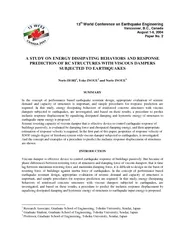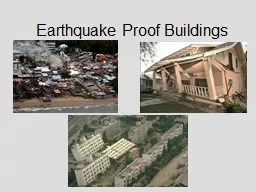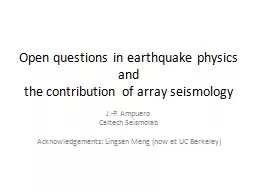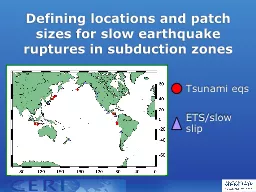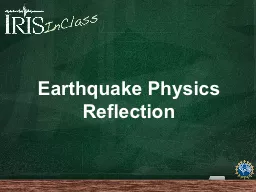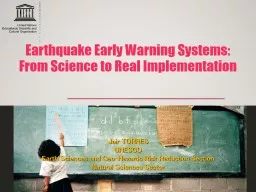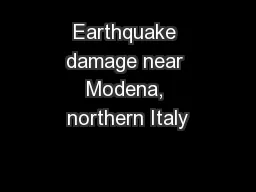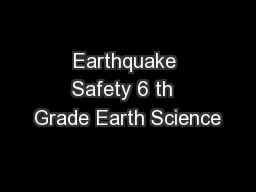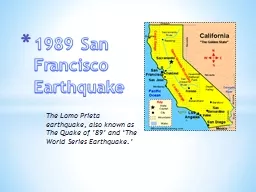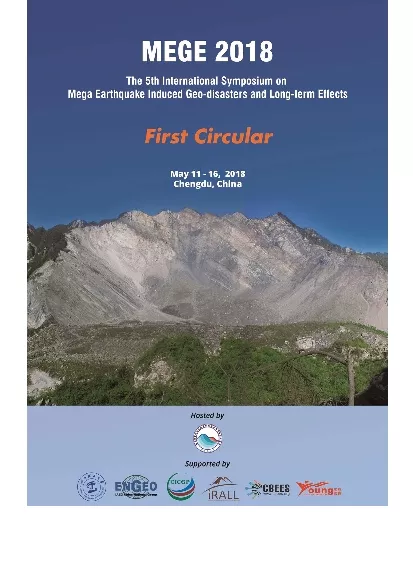PDF-13th World Conference on Earthquake Engineering
Author : tawny-fly | Published Date : 2017-08-16
C Canada August 16 2004 Paper No 2 A STUDY ON ENERGY DISSIPATING BEHAVIORS AND RESPONSE PREDICTION OF RC STRUCTURES WITH VISCOUS DAMPERS SUBJECTED TO EARTHQUAKES
Presentation Embed Code
Download Presentation
Download Presentation The PPT/PDF document "13th World Conference on Earthquake Engi..." is the property of its rightful owner. Permission is granted to download and print the materials on this website for personal, non-commercial use only, and to display it on your personal computer provided you do not modify the materials and that you retain all copyright notices contained in the materials. By downloading content from our website, you accept the terms of this agreement.
13th World Conference on Earthquake Engineering: Transcript
Download Rules Of Document
"13th World Conference on Earthquake Engineering"The content belongs to its owner. You may download and print it for personal use, without modification, and keep all copyright notices. By downloading, you agree to these terms.
Related Documents

